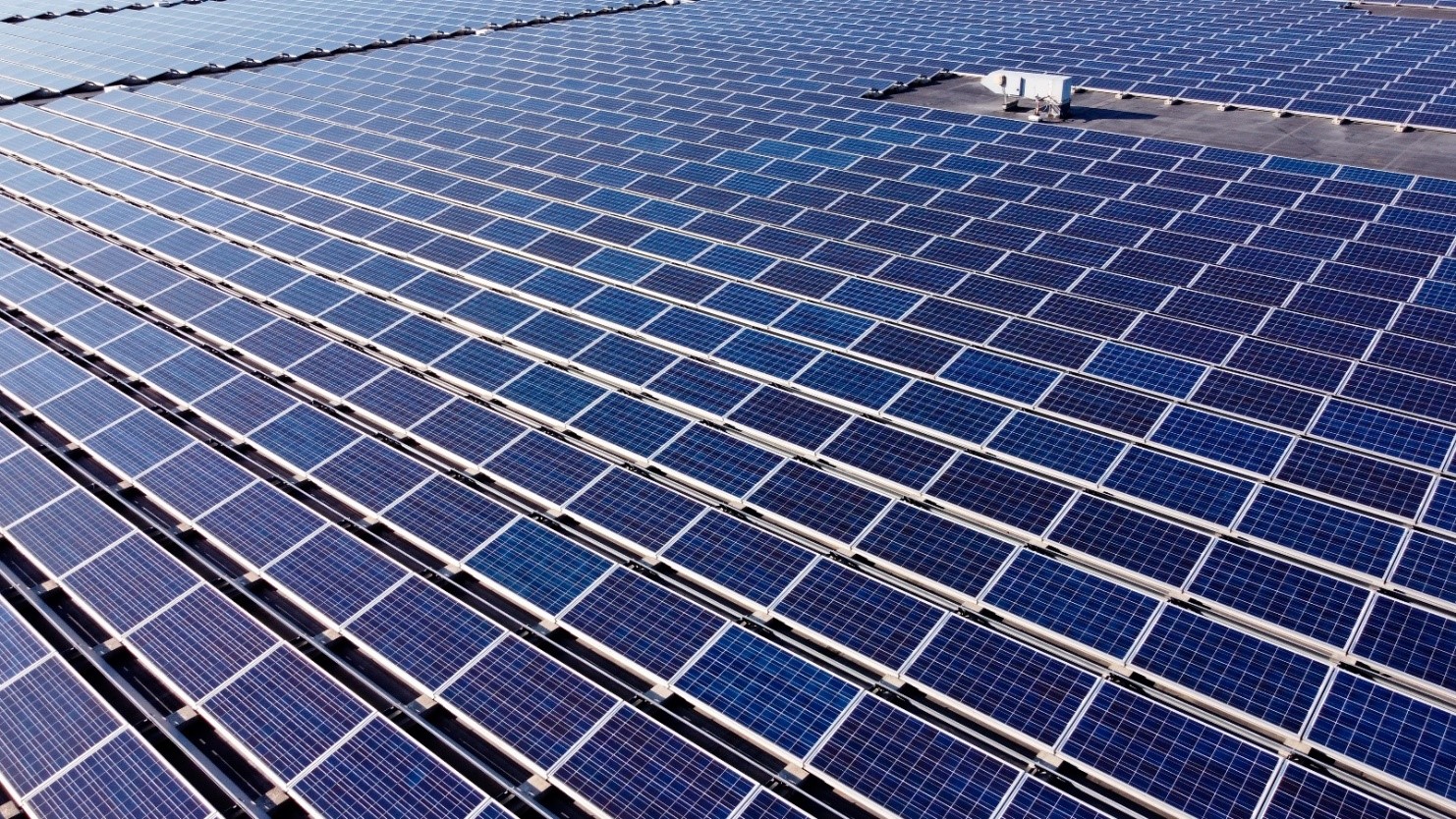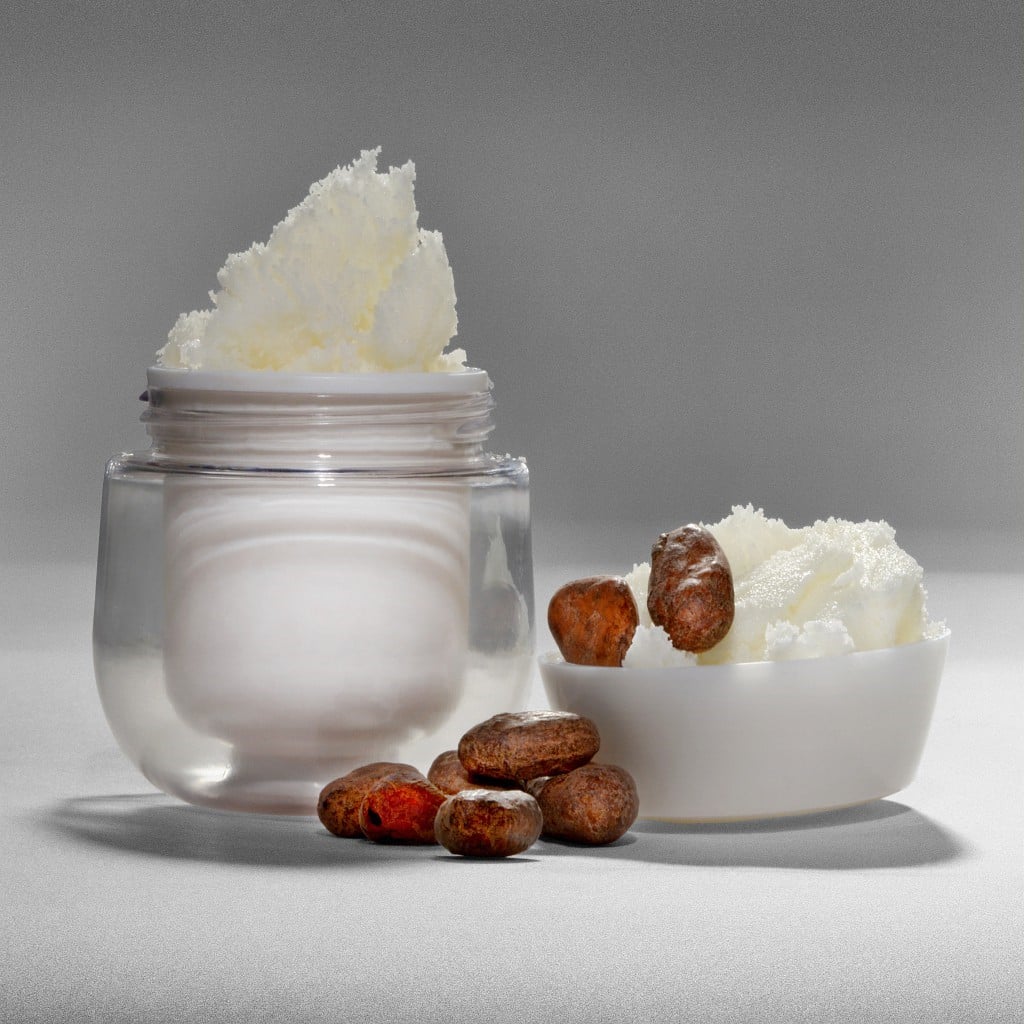Respect biodiversity. L’Oréal is committed to strengthening its efforts to respect biodiversity throughout its value chain, while minimizing the land development required for all its activities. The Group is committed to measuring in a scientifically robust manner and limiting the biodiversity footprint of its industrial activities and those of its suppliers (sourcing, packaging and ingredients).

Terms of the action or commitment
X
Levers mobilized for circular economy (according to Ademe)
Implementation timeline
Starting year
2019
Ending year
2029
Main actors mobilized
Internal actors
X
External actors
X
Geographic area
Worldwide
Photo / Video
2022 follow-up of the action
Date of follow-up
March 2022
Methods of validation of the follow-up
Status of the action
In progress
Completed
a) Results
Achieved
Partially achieved
Not achieved
b) Numerical / Qualitative information
Cancelled
Explanations
Comparison with the projected pace in the last publications
Keeping up with the times
In advance
Delayed
Partial / Final results
In 2021, among the raw materials newly referenced by the Group, 63% in number are renewable and 40% in number are green chemistry compliant.
In 2021, 100% of the renewable raw materials used by the Group have been re-evaluated according to criteria such as respect of biodiversity and forced labor.
In 2021, 100% of the renewable raw materials used by the Group have been re-evaluated according to criteria such as respect of biodiversity and forced labor.
Company's comments
L’Oréal has declined this “Biodiversity” commitment into three operational sub-commitments, as part of the L’Oréal for the Future programme :
By 2030, 100% of the biobased ingredients for formulas and packaging materials will be traceable and will come from sustainable sources, none of them will be linked to deforestation.
By 2030, L’Oréal will hold flat the total land occupancy vital to the sourcing of its ingredients, compared to 2019.
By 2030, 100% of L’Oréal’s industrial sites and all its operated buildings will have a positive impact on biodiversity, compared to 2019.
L’Oréal considers biodiversity as an essential source of innovation. Thus, the planned increase in the use of raw materials with plant origin must be done in a way which does not impact ecosystems or access to resources dedicated to other uses.
The Group has measured the footprint of its industrial and sourcing activities on natural ecosystems. This new indicator, which is based on three parameters (the amount of land required, the loss of biodiversity linked to practices and the importance of biodiversity in the ecosystem concerned), has enabled the Group to estimate that the biodiversity footprint linked to the sourcing of ingredients with plant origin represents more than 80% of this footprint.
By 2030, 100% of the biobased ingredients for formulas and packaging materials will be traceable and will come from sustainable sources, none of them will be linked to deforestation.
By 2030, L’Oréal will hold flat the total land occupancy vital to the sourcing of its ingredients, compared to 2019.
By 2030, 100% of L’Oréal’s industrial sites and all its operated buildings will have a positive impact on biodiversity, compared to 2019.
L’Oréal considers biodiversity as an essential source of innovation. Thus, the planned increase in the use of raw materials with plant origin must be done in a way which does not impact ecosystems or access to resources dedicated to other uses.
The Group has measured the footprint of its industrial and sourcing activities on natural ecosystems. This new indicator, which is based on three parameters (the amount of land required, the loss of biodiversity linked to practices and the importance of biodiversity in the ecosystem concerned), has enabled the Group to estimate that the biodiversity footprint linked to the sourcing of ingredients with plant origin represents more than 80% of this footprint.




